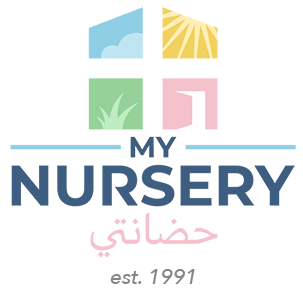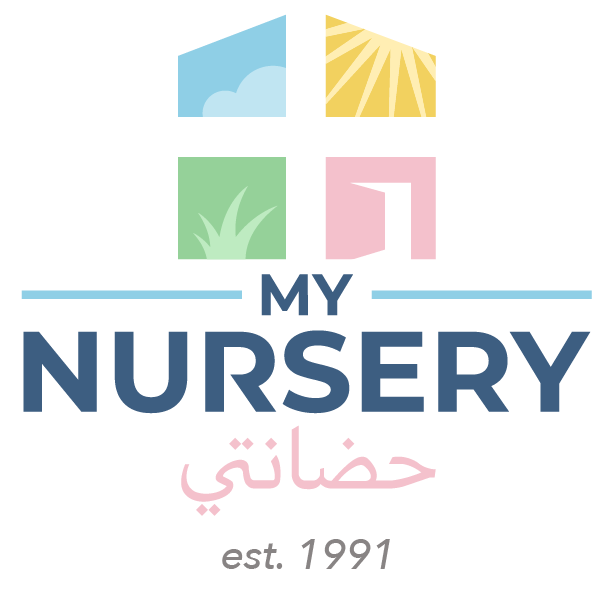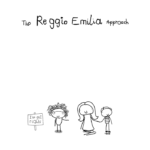Our Curriculum
Our educational programmes are based on the Early Years Foundation Stage (EYFS), the curriculum for new-born to five year olds. The EYFS sets out the framework for the learning, development, assessment, and well-being for our staff to follow whilst your child is in our care.
Our Approach
There are seven areas of learning and development in the EYFS
PRIME
Communication and Language
Providing an environment for young children to express themselves and speak and listen in a range of situations allows them to develop their language and communication skills.
Physical Development
We all know that young children often love to be active, but they also need to understand that continued physical activity as well as healthy food choices are important, and why.
Personal, Social and Emotional
This area helps to shape children’s social skills and develops respect and an understanding of their different feelings.
SPECIFIC
Literacy
It’s important for children to discover phonemic awareness – the ability to hear and identify different words and sounds, and also to start reading and writing.
Mathematics
Children need to be guided in developing skills with numbers and calculations, as well as being able to describe shapes, spaces, and measures.
Understanding the world
This involves children making sense of things by observing and exploring everything from the places they spend time to the technology and other things that they use.
Expressive arts and design
Activities like drawing, playing with paint, instruments or technology all give children the chance to express themselves and learn new things.
The three prime areas reflect the key skills all children require in order to develop and learn effectively in preparation for school.
The youngest of our children focus on the three primary areas, which lays the foundation for successful learning in the four specific areas. The four specific areas are introduced to the children’s curriculum as they age and progress.
Our approach to implementing the EYFS at My Nursery is unique and along with a blended implementation of The Reggio Emilia Approach; we recognise that each child engages with other people and their environment in different ways and we place huge importance on all stall forming secure relationships with children and their families
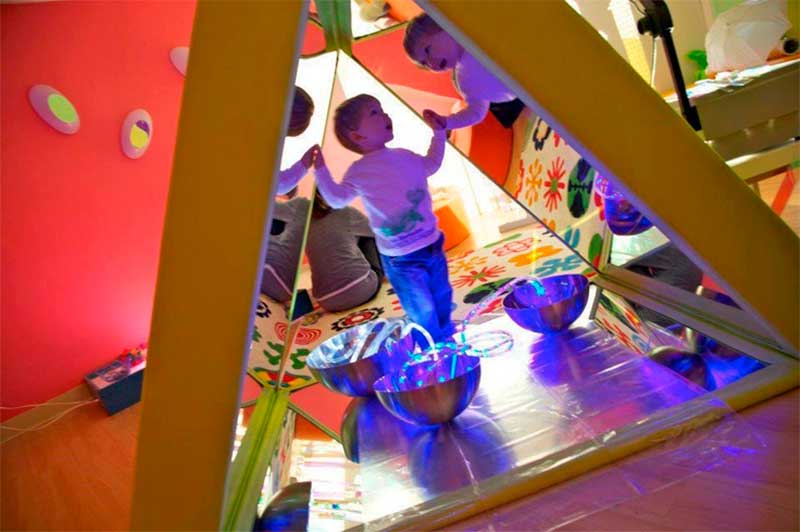
Early Learning – Observing, Assessing and Planning
Each child at My Nursery is regularly observed. Observations are carried out in order for our staff to identify any particular needs your child may have, as well as any variances in your child’s behaviour or learning. Therefore, we’re able to ensure your child’s wellbeing and development at all times.
Early Learning – The Role of the Environment
At My Nursery, we believe the environment for your child’s learning is essential in encouraging them to learn about the exciting new world around them. This is why our nursery has been carefully designed to offer opportunities for your child to develop their interests and get involved in a varied learning experience throughout their day.
Reggio Emilia Approach
The Reggio Emilia Approach® is an educational philosophy based on the image of a child with strong potentialities for development and a subject with rights, who learns through the 100 hundred languages belonging to all human beings, and grows in relations with others.
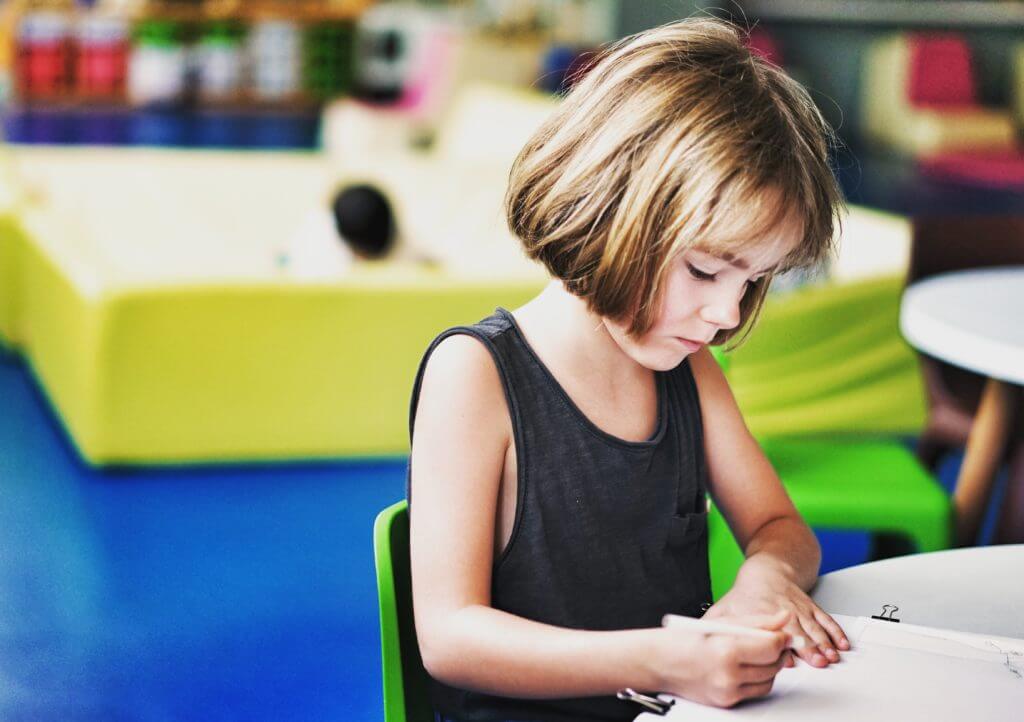
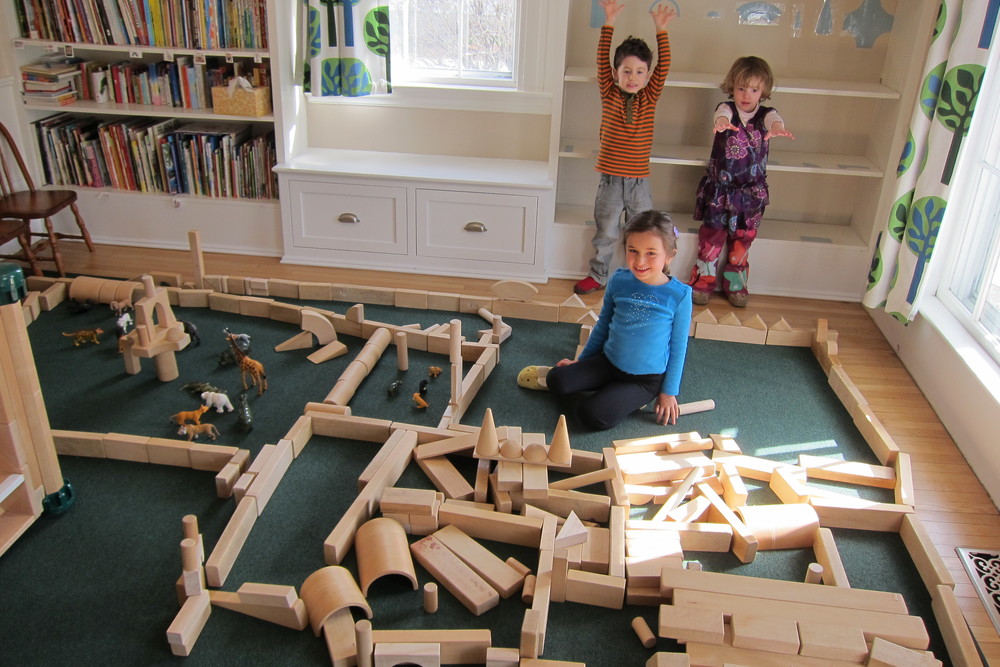
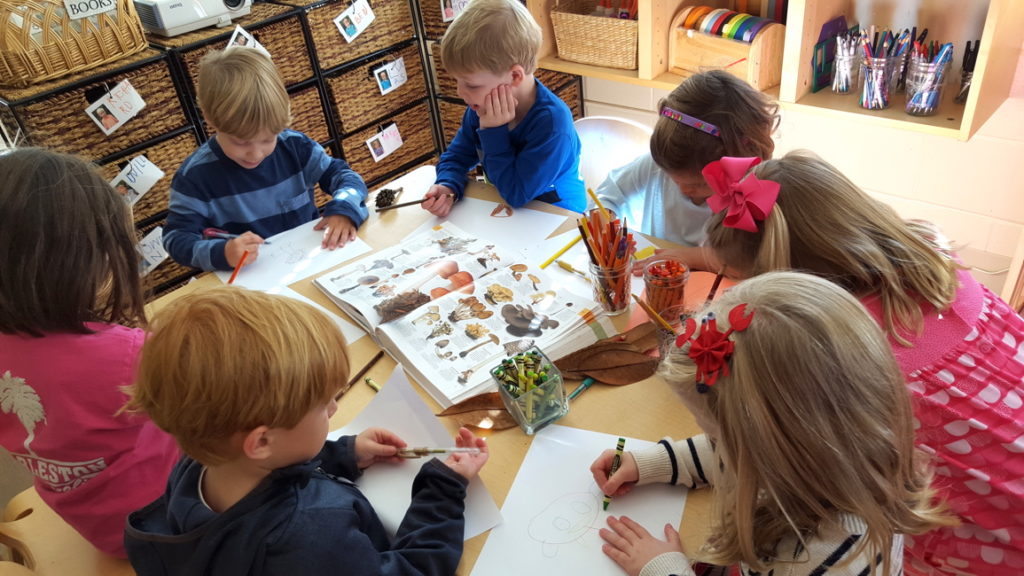
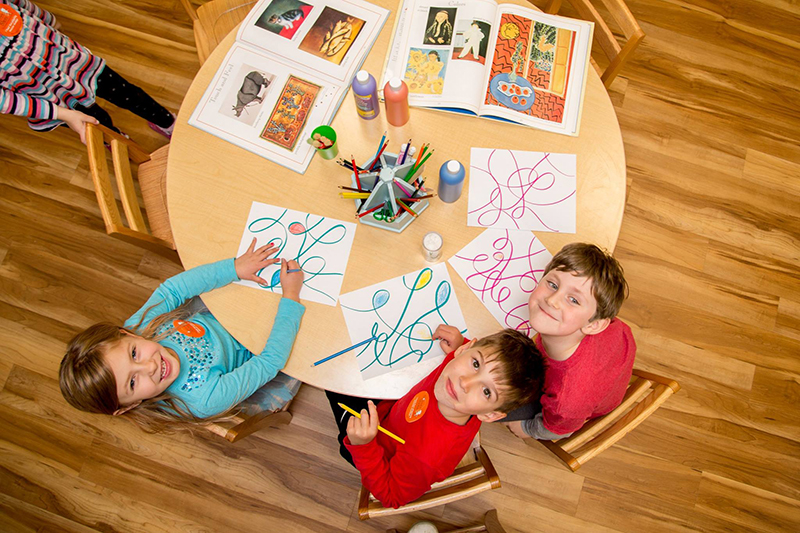
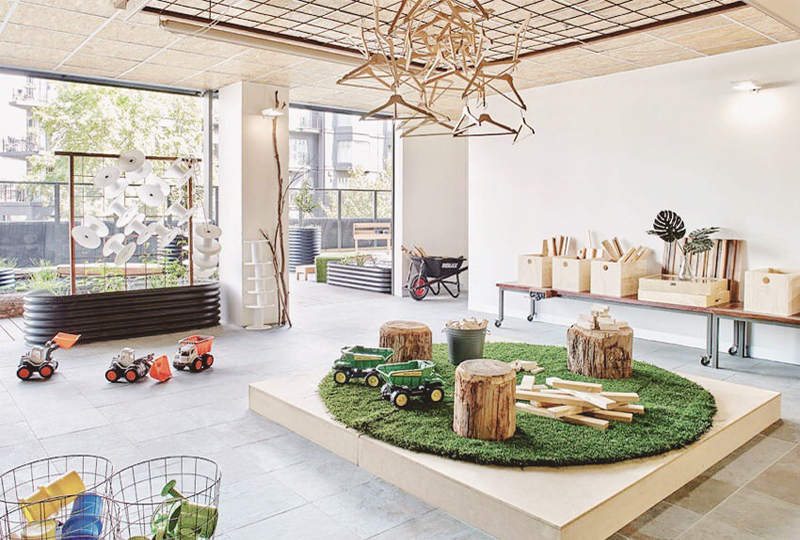

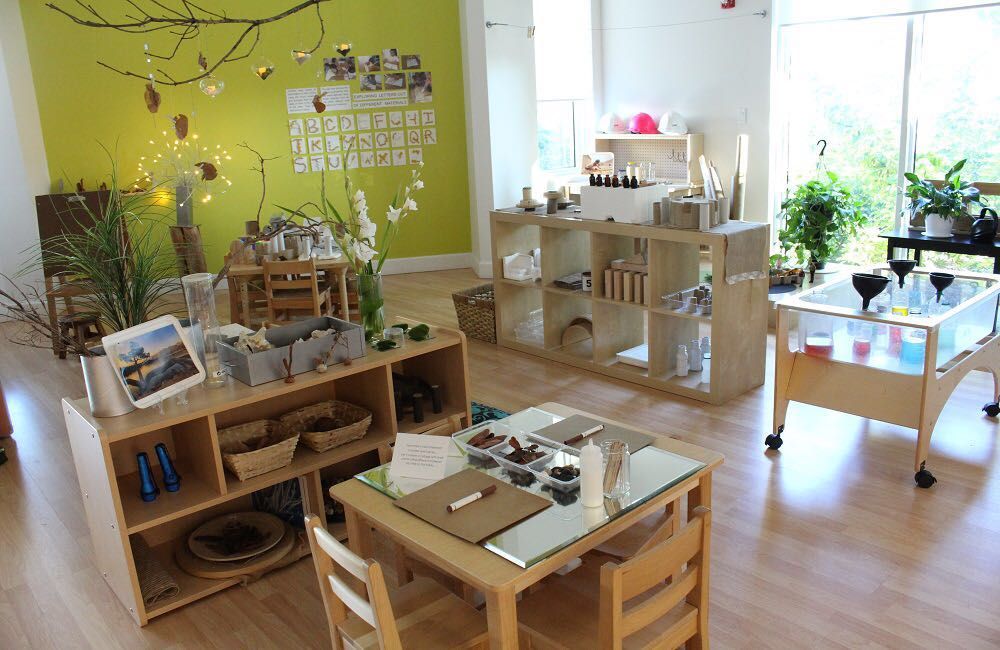
Principles of the Reggio Emilia Approach
The Reggio Emilia approach to early childhood education views young children as individuals who are curious about their world and have the powerful potential to learn from all that surrounds them. Educational, psychological, and sociological influences are important factors to consider in understanding children and working to stimulate learning in appropriate ways.
Reggio teachers employ strategies such as exposing children to a wide variety of educational opportunities that encourage self-expression, communication, logical thinking, and problem-solving.
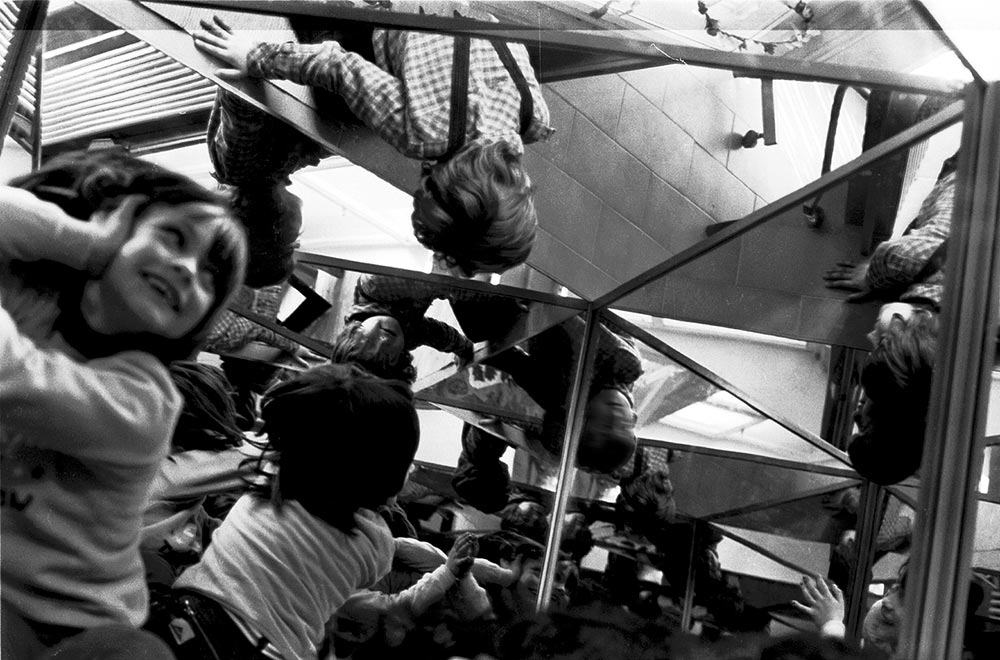
Emergent Curriculum
A classroom’s curriculum stems from the particular interests of children. Curriculum topics are derived from talking with children and their families, as well as from things that are known to be interesting to children (puddles, dinosaurs, and so on). Teachers compare notes and observations in team planning sessions to decide which projects would be best suited to children in their classes, what materials will be needed, and how they can encourage parents and the community to become involved.
In-Depth Projects
These projects are thorough studies of concepts and ideas based on the information gathered about children’s interests. Projects are often introduced to children as adventures, and can last anywhere from a week or two to the entire school year. Teachers act as advisors on these projects, helping children decide in which direction they would like to take their research, how they can represent what they learn, and what materials would be best suited for their representations.
Representational Development
This principal takes into account Howard Gardner’s concept of multiple intelligences. The Reggio Emilia approach calls for the presentation of new ideas and concepts in multiple forms, such as print, art, drama, music, puppetry, and so on. Varied presentations ensure that all children have the chance to understand and connect with the concepts being explored.
Collaboration
The idea of collaboration is seen as necessary to further a child’s cognitive development. Groups both large and small are encouraged to work together to problem-solve using dialogue, comparisons, negotiations, and other important interpersonal skills. Each child’s voice is heard in order to promote a balance between a sense of belonging to the group and a sense of self.
REGGIO EMILIA PHILOSOPHY
We have adapted the Reggio Emilia philosophy – a highly respected approach that originated in the late 1940’s. Teachers and children collaborate on research projects. Teachers further encourage children to test their hypotheses through the use of materials, which in Reggio Emilia is considered “the hundred languages of children.”
The curriculum changes each year with an eye on becoming curious and independent learners while also preparing children to enter the big world of kindergarten. This is an approach that encourages children to work together, challenge each other’s ideas and learn and grow through these interactions.
100 LANGUAGES
NO WAY. THE HUNDRED IS THERE
by Loris Malaguzzi (translated by Lella Gandini)
Reggio Emilia classrooms are an interesting and highly effective method of expanding children’s minds—one adventure at a time.
The Teacher’s Role
Teachers play a dual role in the Reggio Emilia classroom. Their primary role is to learn alongside children, becoming involved in group learning experiences as a guide and resource. A Reggio Emilia teacher must always carefully observe and track the growth of children and the classroom community. Reggio teachers will also take time to reflect on what they have learned about themselves and their teaching.
Observation and Documentation
Documentation of the growth of both children and teachers is another important component of the Reggio Emilia approach. Photos of children at work and play, along with dictations of their experiences, help teachers and parents learn more about what does and does not work for a child. Teachers can then adjust the dynamics of their classrooms accordingly.
The Classroom as Teacher
The classroom is referred to as the “third teacher” in Reggio schools. Much like the Montessori approach, great care is taken to construct an environment that allows for the easy exploration of various interests. Items from home, such as real dishware, tablecloths, plants, and animals, contribute to a comforting, “homey” classroom environment.
A Reggio-inspired curriculum is always flexible and will change based on the children’s ideas, thoughts and observations.
Arabic Immersion at My Nursery (2-4yrs)
At My Nursery, Arabic immersion is a method of teaching the spoken language, in which all aspects of teaching the curriculum and in the mode of instruction are delivered to the child in both English and Arabic. Here at My Nursery, our focus is early immersion and our children receive all of their core areas of learning with a blend of both the EYFS and Reggio Emilia Approach.
For example, “Ahmad can you please give me three blocks”, followed by ” أحمد، هلاّ أعطيتني ثلاثة مكعّبات؟””, “Great job, we have, one, two, three…”, أحسنت، لدينا: مكعّب واحد، إثنان، ثلاثة…”
Our carefully devised program is designed to deliver a rounded curriculum that acknowledges cultural world differences and an appreciation for people, education, and natural talents and abilities that will enhance a child’s opportunities throughout their lifetime.
في My Nursery نعتمد “الانغماس في اللغة العربيّة” كوسيلة لتعليم اللغة المحكيّة التي تغطّي كافّة مظاهر تعليم المنهج المُعطى للتلاميذ باللغتين الإنكليزيّة والعربيّة.
هنا، في My Nursery، نركّز على “الإنغماس المبكّر في اللغة العربيّة” ويتلقّى تلامذتنا المجالات الأساسيّة للتعليم عن طريق دمج مقاربتَي EYFS (أساسيّات تعليم السّنّ المبكّر) و Reggio Emilia (التعليم العائلي).
مثلاً، نُلحق جملة “Ahmad can you please give me three blocks” بـ “أحمد، هلاّ أعطيتني ثلاثة مكعّبات؟”.
وجملة “ Great job, we have, one, two, three… “ بـ “أحسنت، لدينا: مكعّب واحد، إثنان، ثلاثة…”
المقاربة التي نعتمدها مصممة بشكل أن تغطّي كامل المنهج الذي يحترم الاختلافات الثقافية وأن يقدّر الأطفال وتعليمهم وينمّي مواهبهم وقدراتهم ليعزّز فرصهم بالنجاح في الحياة.
